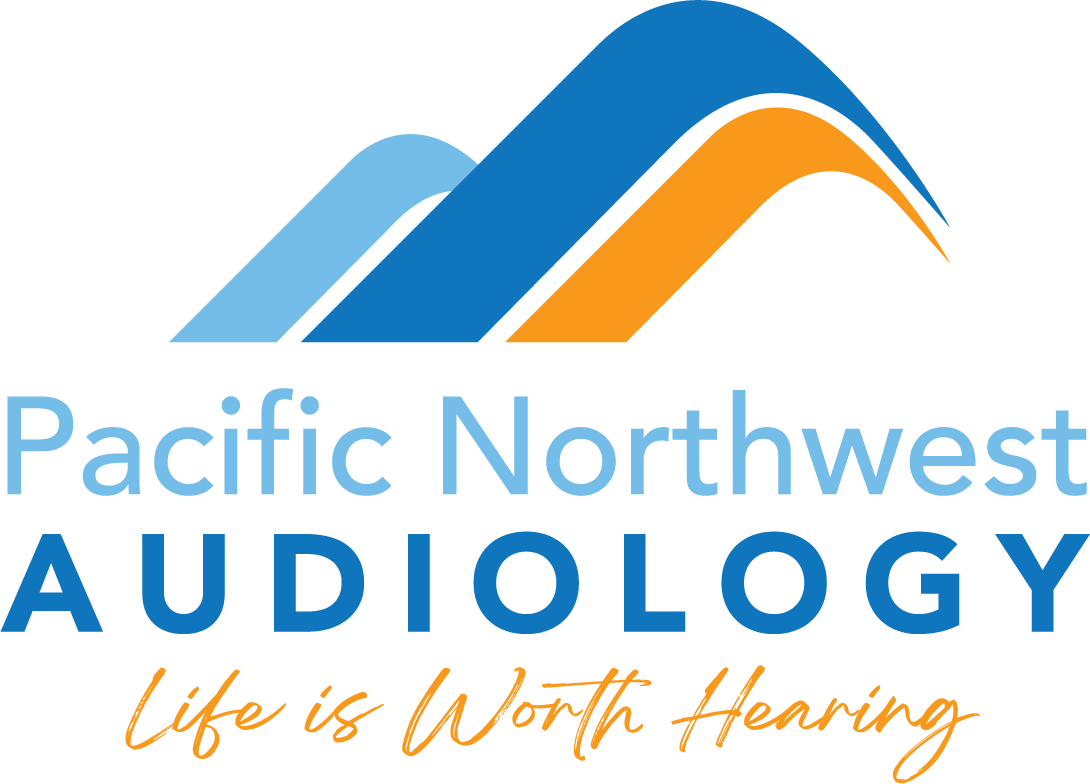NIHL is related to both noise intensity and the duration of exposure. The relationship between sound levels and exposure limits is illustrated below.
The Table (below) shows how quickly sound tolerance limits decrease with small increases in sound intensity levels. Recall, this is because an increase of 10 dB corresponds to a 10 fold increase in sound intensity. Simply put, the louder the sound, the shorter the time before damage occurs..and the relationship isn’t linear! Here’s an important take-away: there are no treatments…not medicine, not surgery, not hearing aids…that can restore your natural hearing once it is damaged by noise.
The Table (below) shows the intensity range of everyday sounds. We prefer to use sound intensity ranges rather than absolute values because 1) every day sounds are better represented by a range and, 2) the difference between the low and high ends of a particular sound’s range can mean the difference between a relatively safe or a harmful experience. For example…a musical concert can range from 80 to 120 dB. You can listen to 80 dB all day without any risk of NIHL…but if the band is blasting out 120 dB you can safely listen for less than 9 minutes before NIHL becomes a serious consideration…depending on how close you are to the speakers.
The Bottom Line: The preceding tables indicate that long or repeated exposure to sounds at or above 85 dB can cause hearing loss, and progressively louder sounds allow shorter exposure limits before NIHL occurs. Noise and NIHL studies indicate that more than 15 minutes of unprotected exposure to 100 dB sounds, and regular exposure to sounds at 110 dB for more than one minute can lead to permanent hearing loss.
Although we can’t provide absolutes for decision making, the tables CAN provide important guidelines. If you plan to participate in activities that can produce sound intensity levels above 85 dB…be mindful of your exposure time and proximity to the noise source. When in doubt…use ear protection. Remember…NIHL is nonrefundable!
Final Word…How Do We Avoid NIHL?
Noise-induced hearing loss is preventable. This article should increase your awareness of noise hazards and motivate you to protect your hearing. Our advice: be mindful of noises that can cause damage (those above 85 dB), your proximity to the noise, and the length of time you are exposed to the noise. Be especially wary if:
- you have to raise your voice in normal conversation
- the noise hurts your ears
- you develop a continuous or temporary buzzing or ringing in your ears
- normal hearing isn’t restored until several hours after you get away from a noise source.
Bottom Line: If you must remain in loud environment for any length of time wear ear plugs or other protective devices.



